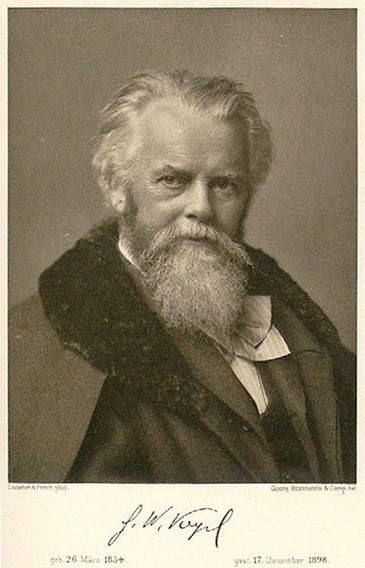A pixel is not a pixie—or is it?

The term pixel dates back to 1874 and is credited to Hermann Vogel (1834–1898), a German photochemist and photographer who discovered dye sensitization and used the term in photography as the point in the focal plane of a camera lens where rays from an object point converge.[i]

The term Pixel is really quite old and very well defined.
The term pixel has a rich history and a precise definition. Though often regarded as the fundamental units of a screen, pixels aren’t physical entities but rather abstract points of information. The term quantum originates from Latin, meaning amount, and typically refers to the smallest discrete unit of physical property, such as energy or matter. However, a pixel’s nature is more nuanced and maybe even ethereal.
A pixel is multi-dimensional. It contains an x,y position on the display device and a vertical z position in the model, color, illumination, persistence or refresh, time, and even a motion vector. Any of those parameters can describe it.
Herr Hermann W. Vogel was the first to use the term pixel (at least as far as we can tell). But why that word?
We may never know why Hermann chose the word pixel, perhaps he was inspired by the word pixie, which has devilish and pranksteristic connotations. Pixies, first described in 1630, are said to enjoy playing tricks on people, and as we know, CG is all about tricking the brain into seeing something.
We’ve opined on this before, and I call your attention to Happy birthday, PIXEL on Jon Peddie Research for a more in-depth review.
[i] Vogel, Hermann Wilhelm. Die chemischen Wirkungen des Lichts und die Photographie in ihrer Anwendung in Kunst, Wissenschaft und Industrie, Leipzig: F. A. Brockhaus, 1874. (The chemical effects of light and the photograph in its application in art, science and industry. A pixel—imagine. Why that word?